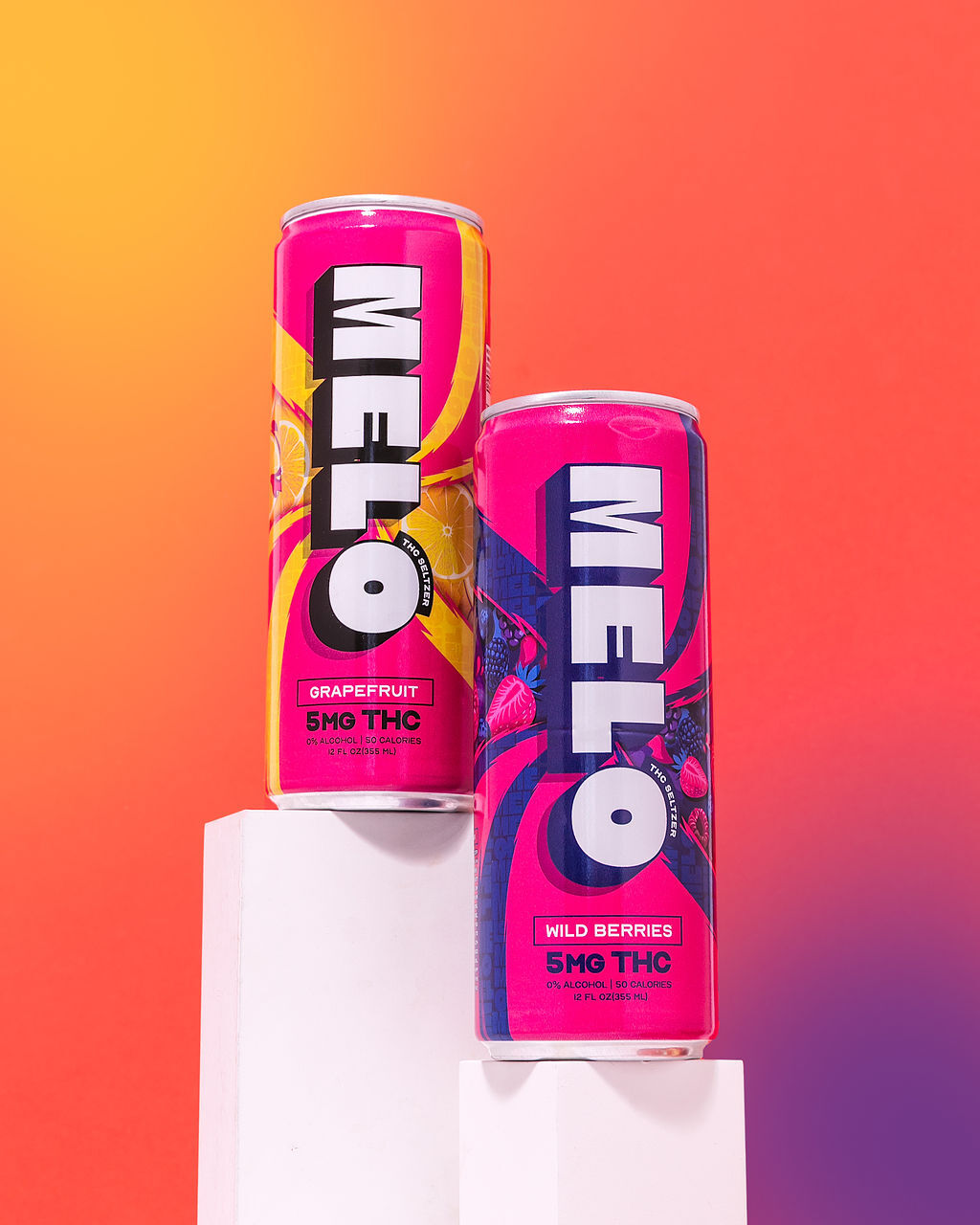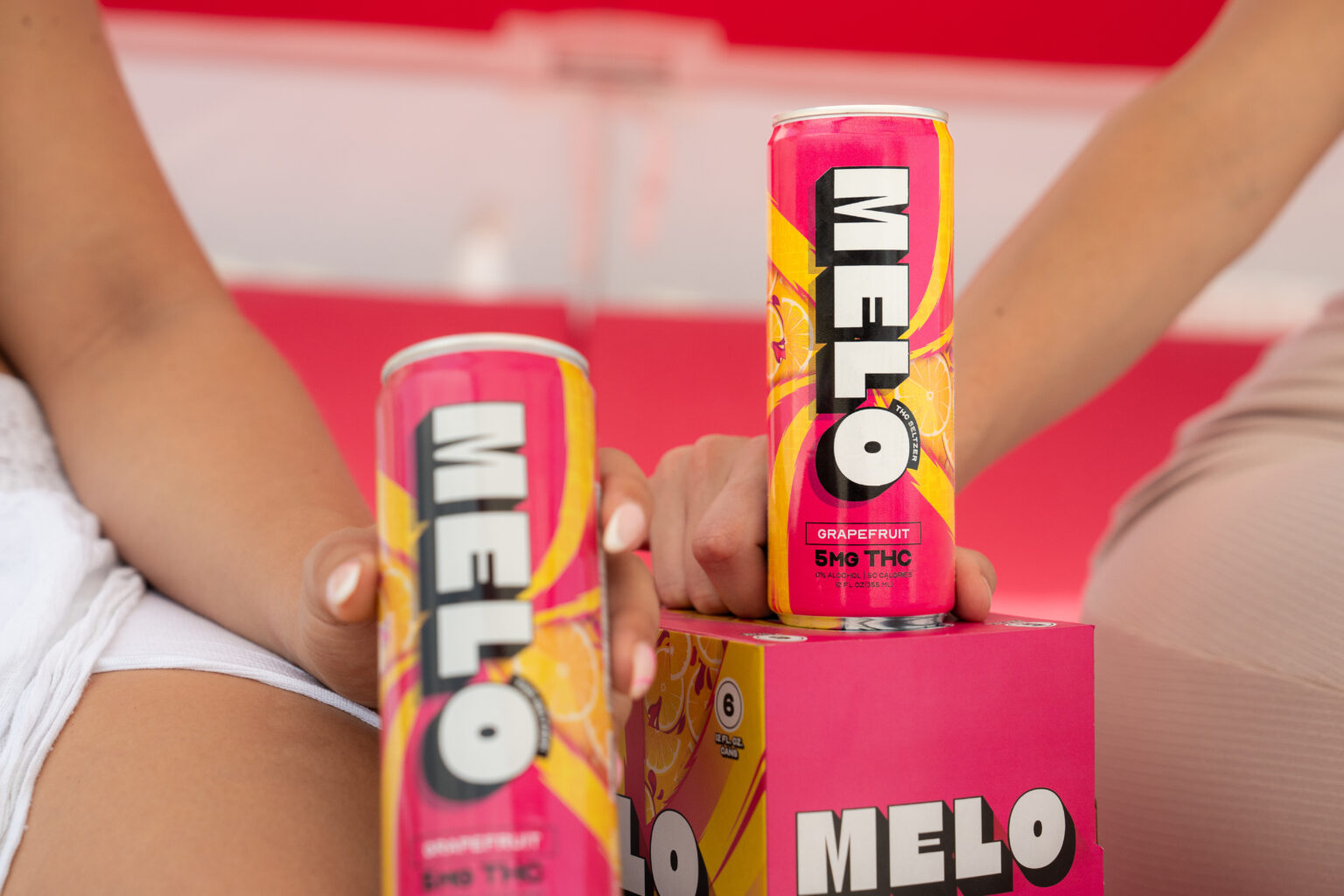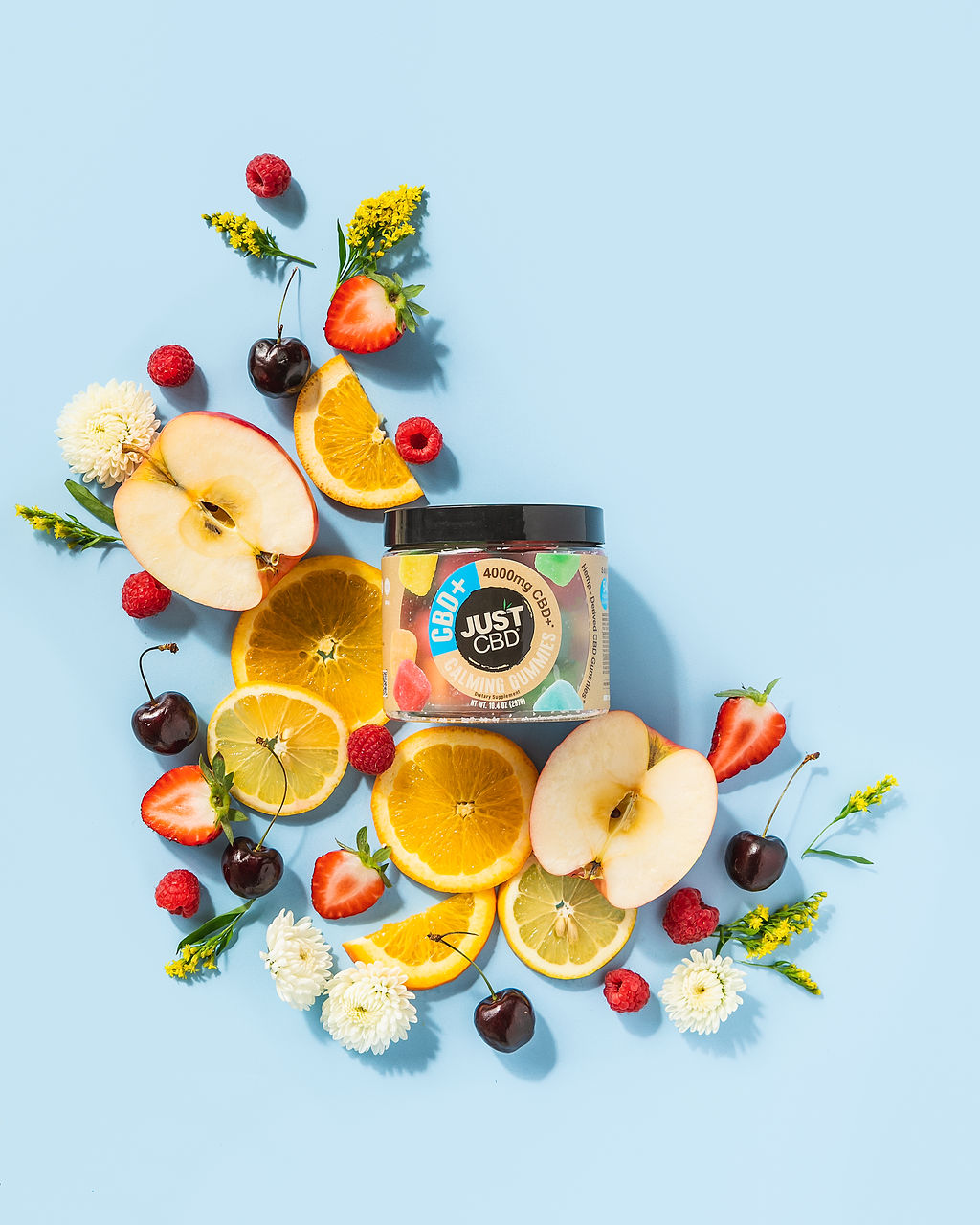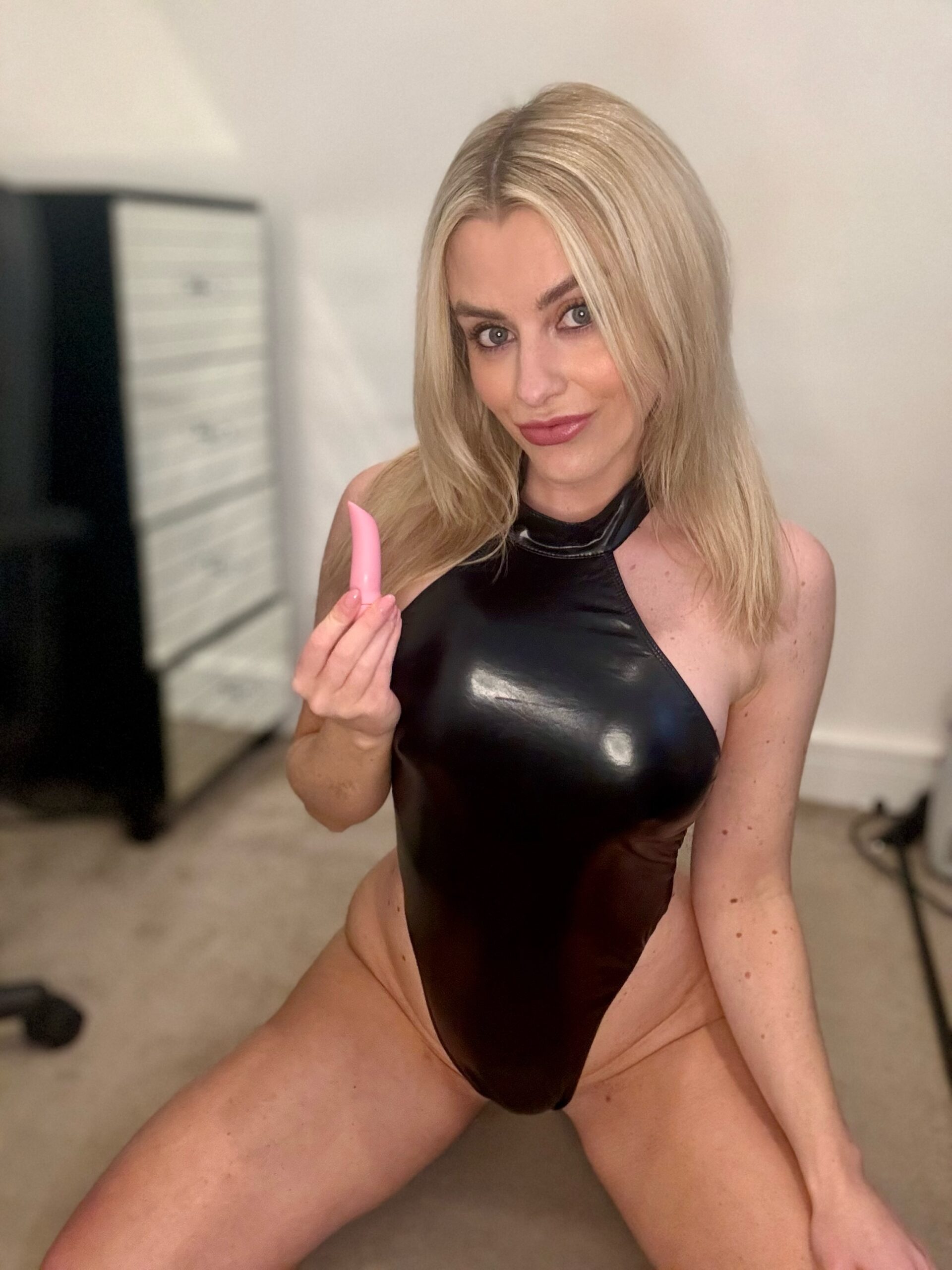THC Drinks You Must Try This Year
Top Non-Alcoholic THC Beverages

The cannabis world is constantly evolving, and one exciting trend gaining popularity is the rise of non-alcoholic THC beverages. These drinks offer a unique way to experience the benefits of THC without the psychoactive effects of alcohol.
THC Sparkling Water
From refreshing sparkling waters to flavorful sodas, there’s a THC beverage for every taste preference. These innovative drinks are perfect for enjoying at gatherings, unwinding after a long day, or simply exploring new ways to experience cannabis.
One standout category in the non-alcoholic THC beverage market is THC sparkling water. These light and bubbly drinks offer a subtle yet noticeable THC effect, making them ideal for those seeking a lower dose of euphoria. The refreshing taste of sparkling water perfectly complements the mild psychoactive effects of THC, creating a balanced and enjoyable experience.
Whether you’re new to cannabis or an experienced enthusiast, exploring the world of non-alcoholic THC beverages is a must. With their diverse flavors, convenience, and potential health benefits, these drinks are sure to become a staple in the cannabis community.
THC Lemonade
Among the many exciting options in the non-alcoholic THC beverage market, THC lemonade stands out as a truly refreshing treat.
This classic summertime beverage gets a unique twist with the addition of THC, providing a delightful blend of sweet citrus flavors and subtle psychoactive effects. THC lemonade is perfect for enjoying on a warm day, whether you’re relaxing at home or gathering with friends.
THC Iced Tea
The cannabis world is constantly evolving, and one exciting trend gaining popularity is the rise of non-alcoholic THC beverages. These drinks offer a unique way to experience the benefits of THC without the psychoactive effects of alcohol.
From refreshing sparkling waters to flavorful sodas, there’s a THC beverage for every taste preference. These innovative drinks are perfect for enjoying at gatherings, unwinding after a long day, or simply exploring new ways to experience cannabis.
- THC Sparkling Water
- THC Lemonade
Indulgent THC Cocktails
The world of cannabis is expanding beyond traditional methods, with non-alcoholic THC drinks emerging as a popular choice. These beverages offer a unique way to experience the benefits of THC without the intoxicating effects of alcohol. From bubbly sparkling waters infused with THC to tangy lemonades with a subtle psychoactive kick, there’s a refreshing option for every palate.
THC Margarita
Indulgent THC cocktails are revolutionizing the cannabis experience, offering sophisticated flavors and potent effects. One tantalizing example is the THC Margarita, a twist on the classic cocktail that combines the zesty tang of lime with the euphoric touch of THC.
Imagine sinking your teeth into a perfectly salted rim while sipping on a margarita infused with carefully measured THC. This vibrant drink delivers a balanced experience, allowing you to savor both the taste and the psychoactive effects. Whether enjoyed at a sophisticated gathering or a relaxing evening at home, the THC Margarita promises an unforgettable sensory journey.
THC Mojito
Another delightful option is the THC Mojito, a refreshing twist on the classic Cuban cocktail.
This revitalizing drink combines the invigorating flavors of mint, lime, and sugar with the subtle buzz of THC. Each sip offers a burst of coolness, making it perfect for warm weather or any occasion where you desire a delightful and uplifting experience.
THC Gin and Tonic
For those seeking a more elevated cannabis experience, indulge in THC Gin and Tonics. This classic cocktail pairing gets a potent upgrade with the addition of THC, delivering a sophisticated twist on a timeless favorite. Imagine the crisp bite of gin perfectly complemented by the refreshing taste of tonic water, all while enjoying the subtle yet noticeable effects of THC.

The combination of botanicals in the gin and the zesty flavor of tonic create a harmonious base for the THC infusion, resulting in a well-balanced and flavorful experience. Whether you prefer a traditional Gin and Tonic or like to experiment with different tonic varieties and garnishes, adding THC elevates this classic cocktail into something truly special.
Creative THC Infusions
The cannabis world is constantly evolving, and one exciting trend gaining popularity is the rise of non-alcoholic THC beverages. These drinks offer a unique way to experience the benefits of THC without the psychoactive effects of alcohol. From refreshing sparkling waters to flavorful sodas, there’s a THC beverage for every taste preference.
THC Kombucha

Creative THC Infusions takes center stage in the world of non-alcoholic THC drinks with its innovative Kombucha offerings. This fermented tea beverage, known for its unique tangy flavor and potential health benefits, gets a delightful twist with the addition of THC.
These THC infused kombuchas provide a refreshing and subtly intoxicating experience, perfect for unwinding after a long day or enjoying during social gatherings. Creative THC Infusions offers a variety of flavors, ensuring there’s a kombucha to suit every palate.
THC Coffee
Creative THC Infusions stands out in the non-alcoholic THC beverage market with its unique kombucha offerings. This fermented tea beverage, known for its tangy flavor and potential health benefits, gets a special twist with the addition of THC.
These THC infused kombuchas offer a refreshing and subtly intoxicating experience, making them ideal for unwinding or enjoying during social gatherings. Creative THC Infusions provides various flavors to suit every taste preference.
THC Hot Chocolate
Creative THC Infusions has taken the world of cannabis by storm with their unique take on non-alcoholic THC beverages. They specialize in infusing THC into kombucha, a fermented tea beverage known for its tangy flavor and potential health benefits.
This combination creates a refreshing and subtly intoxicating experience, perfect for unwinding after a long day or enjoying during social gatherings. Creative THC Infusions offers a variety of flavors to suit every taste preference, ensuring there’s a kombucha for everyone to enjoy.
Enjoy Melo Seltzer’s Premium Cannabis-Infused Seltzers
Back to Work Experts
Beautifullys Magazine






















